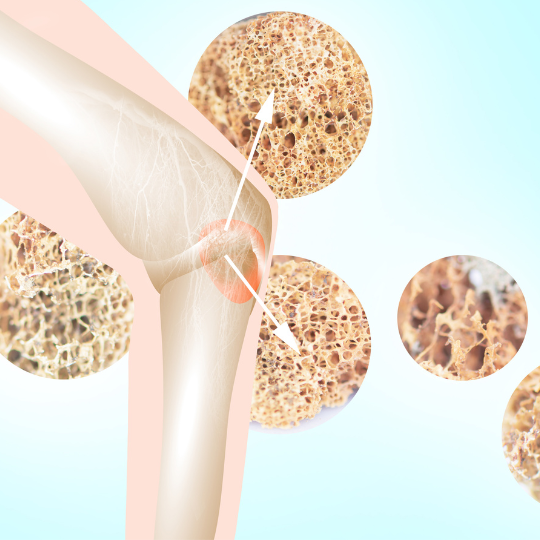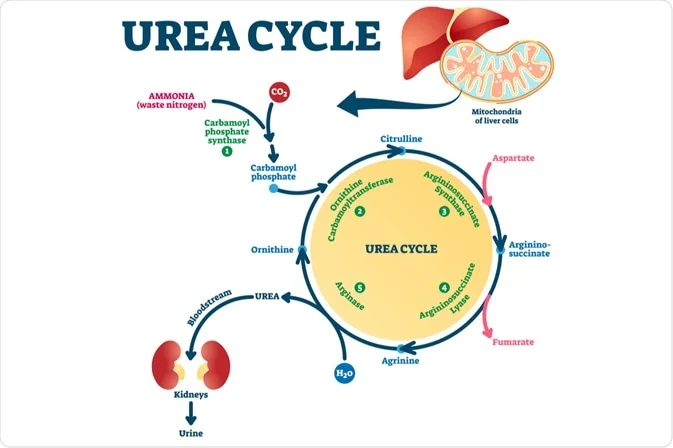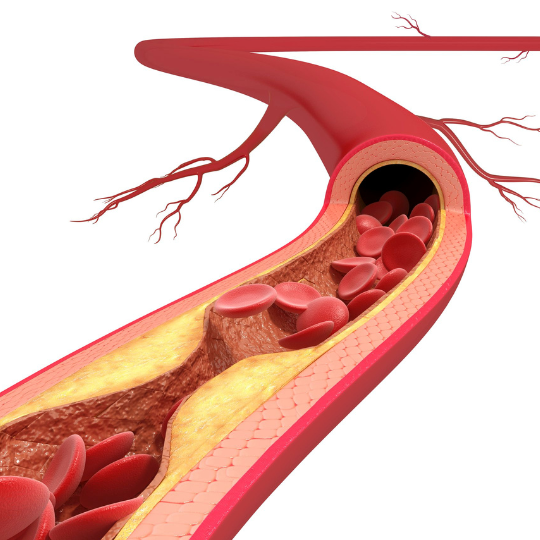We have all heard of macros and why it is important to target a specific number of grams of proteins per day in case you want to build muscle, or to minimise the grams of carbs per day in case you want to flirt with ketosis, or to pay attention to the number of grams of saturated fats etc. But is this the complete picture of what nutrition really is about? Definitely, not.
Macros: the backbone
Macronutrients are elementary in human nutrition and they represent the bulk of calories we ingest on a day to day basis. Carbs and fats are the main energy sources of our diets, whereas proteins, provide the building blocks for life, as they make the magic of life happen. We already covered some basics related to each macronutrient in previous 101 blog posts.
Micros: the conductors
However, this is only part of the story. Metabolic processes require a host of micronutrients to function properly. Micronutrients are so called, because they are required in lesser quantities than macronutrients for the body to function properly.
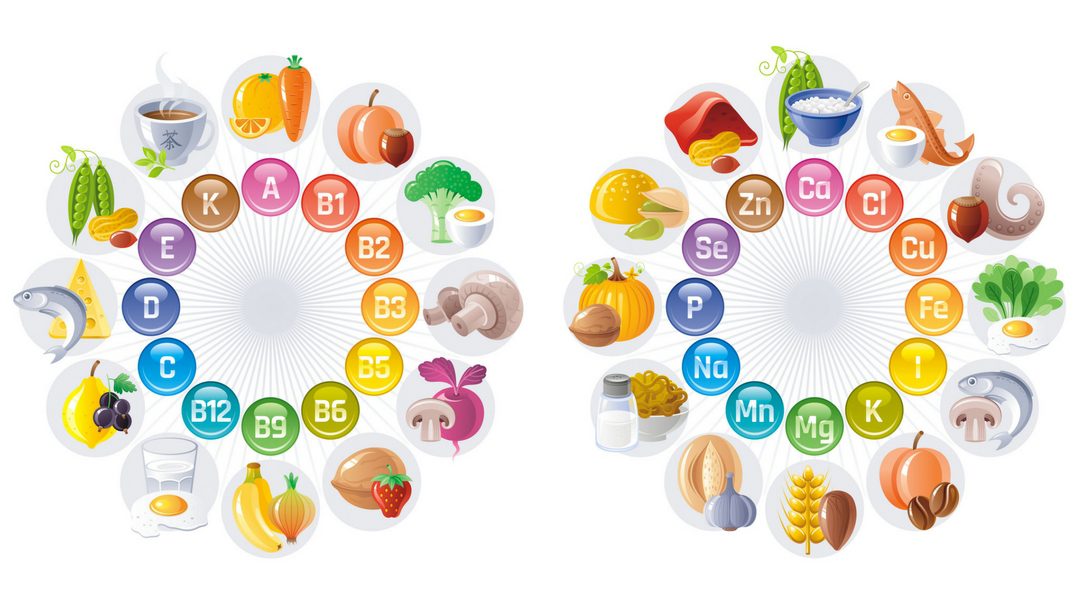
You must have heard of vitamins and minerals, right? Well, these are what are known as micronutrients. Vitamins are organic substances, made by plants and animals, whereas minerals are inorganic, found in soil and water. Vitamins have a more sensible chemical structure, which can be broken down by heat, air or acid, whereas minerals tend to hold on to their chemical structure.
Vitamin D to Vitamin B12
Vitamins are usually divided into 2 categories: fat and water soluble. Fat soluble vitamins are actually active lipids with various roles in the body as mentioned in our Fat 101 blog post: vitamins A & D are hormone precursors, whereas vitamins E & K act as biochemical co-factors in various reduction-oxidation reactions within the body.
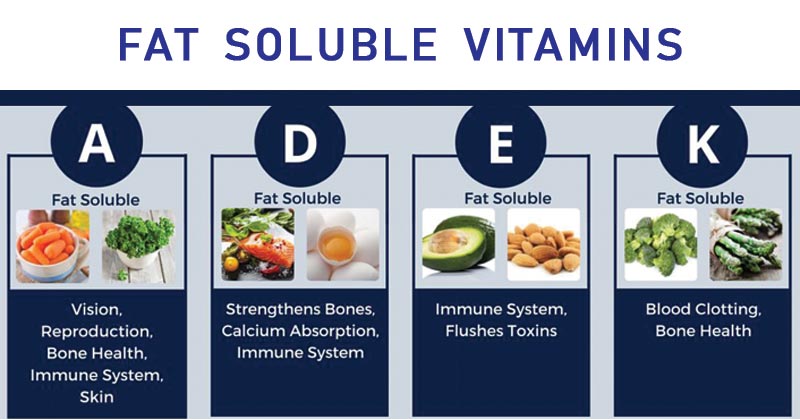
The signature of fat soluble vitamins is that they can be stored within the body for later use, as opposed to water soluble vitamins, like vitamin B12, folic acid or biotin, which cannot be. These latter ones need to be replenished regularly through diet, as any excesses tend to be flushed out in urine.
Minerals: “Where’s my carbon, cabron?”
Minerals can be further subdivided into micro minerals and trace minerals, depending on the amounts needed for various bodily functions. Calcium, phosphorus, magnesium, sodium and potassium fall within the first category, whereas iron, manganese, copper, selenium, zinc, iodine, chromium and molybdenum are considered trace minerals.
Surgery-detailed dosing
Whereas customised requirements per micronutrient depend on individual metabolism and varying conditions (fasted VS fed state, disease condition, level of activity etc), there is consensus regarding minimum daily intake to achieve proper health. These range from micrograms to milligrams depending on micronutrient type and on other factors such as bioavailability, but more on that in a later post.

In our customised nutrition plans, we are using the most detailed micronutrient breakdown calculations on the market:
- ranging from macronutrient subsets, such as quantities of various fatty acids
- to proper micronutrient break-downs
- and further down to the level of the quantities of various types of vitamin A for example
This allows optimal metabolic control, health and longevity. Because we are in for the long ride. Come join us!



